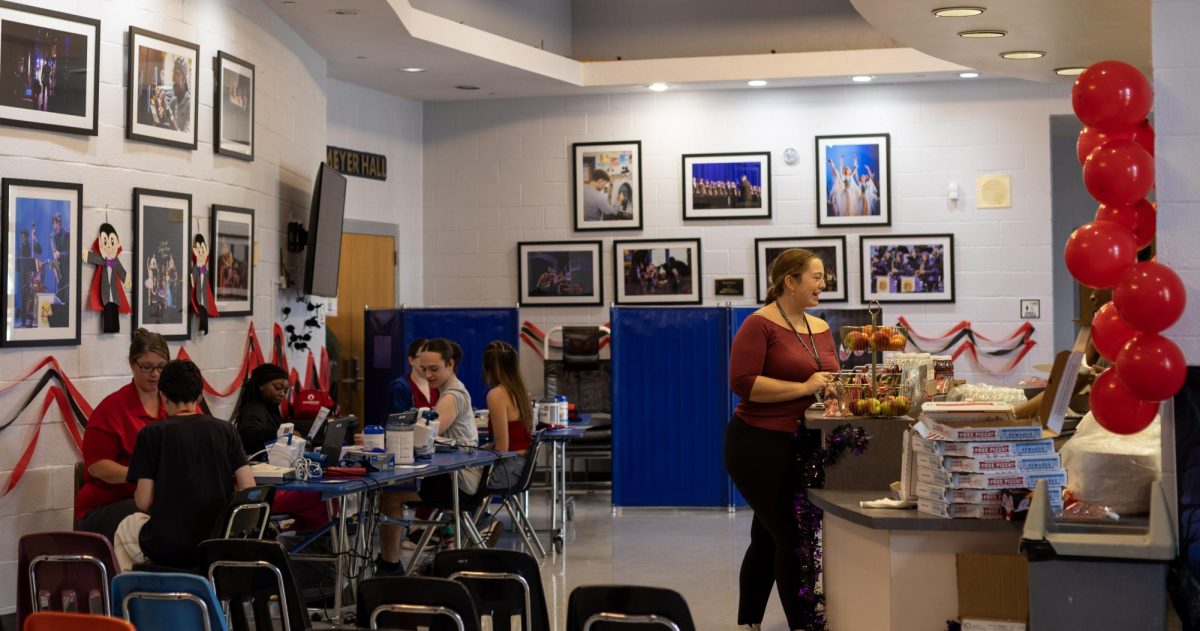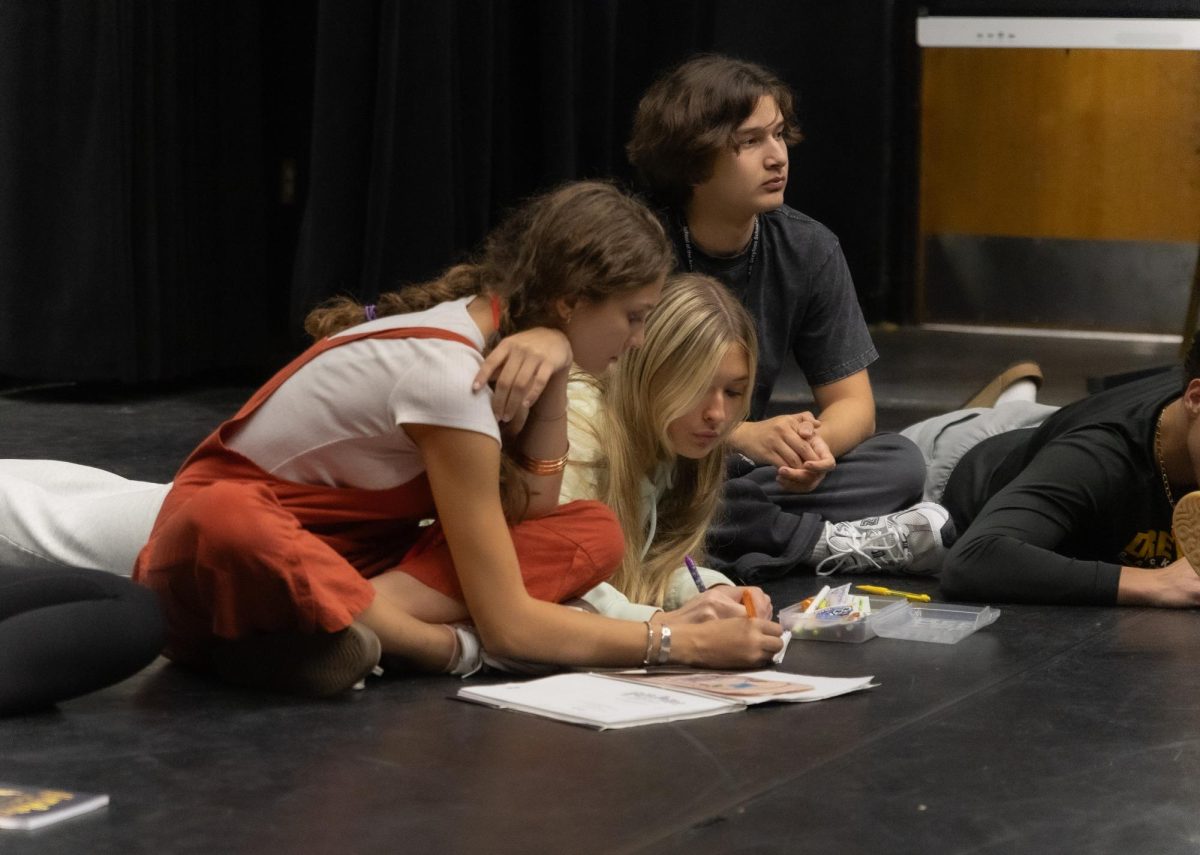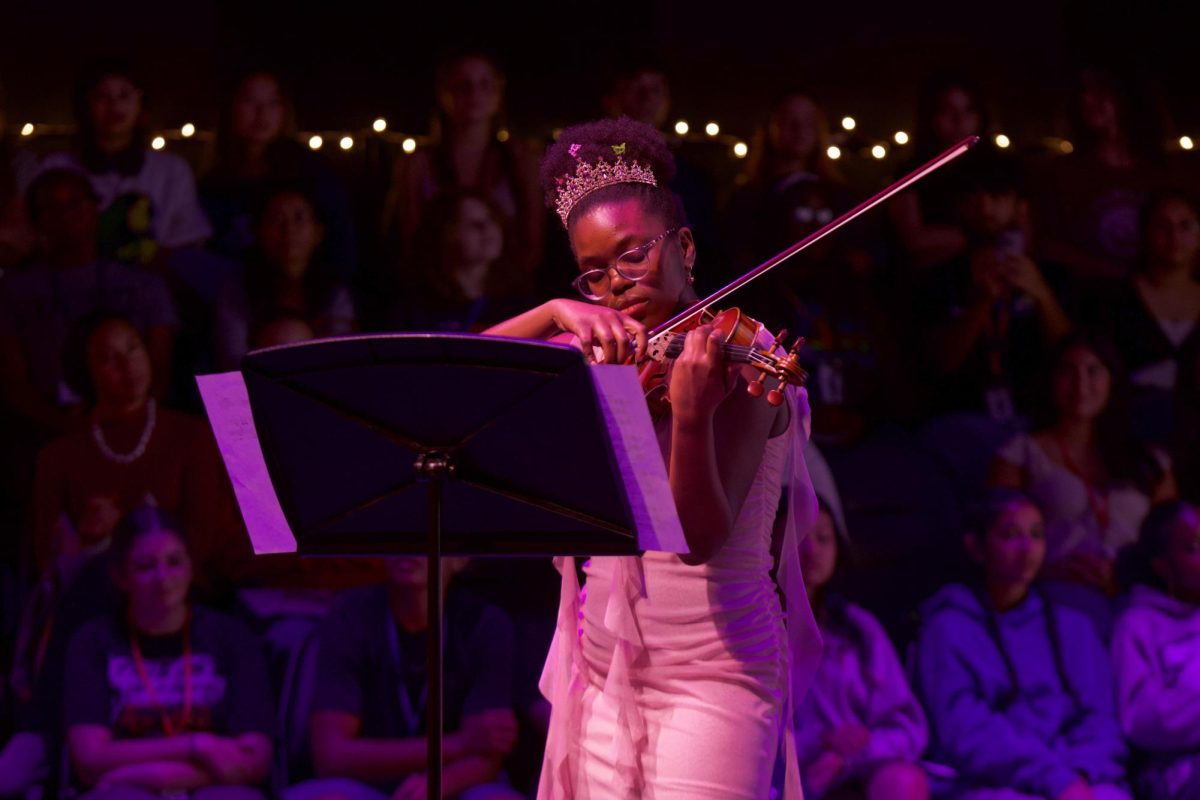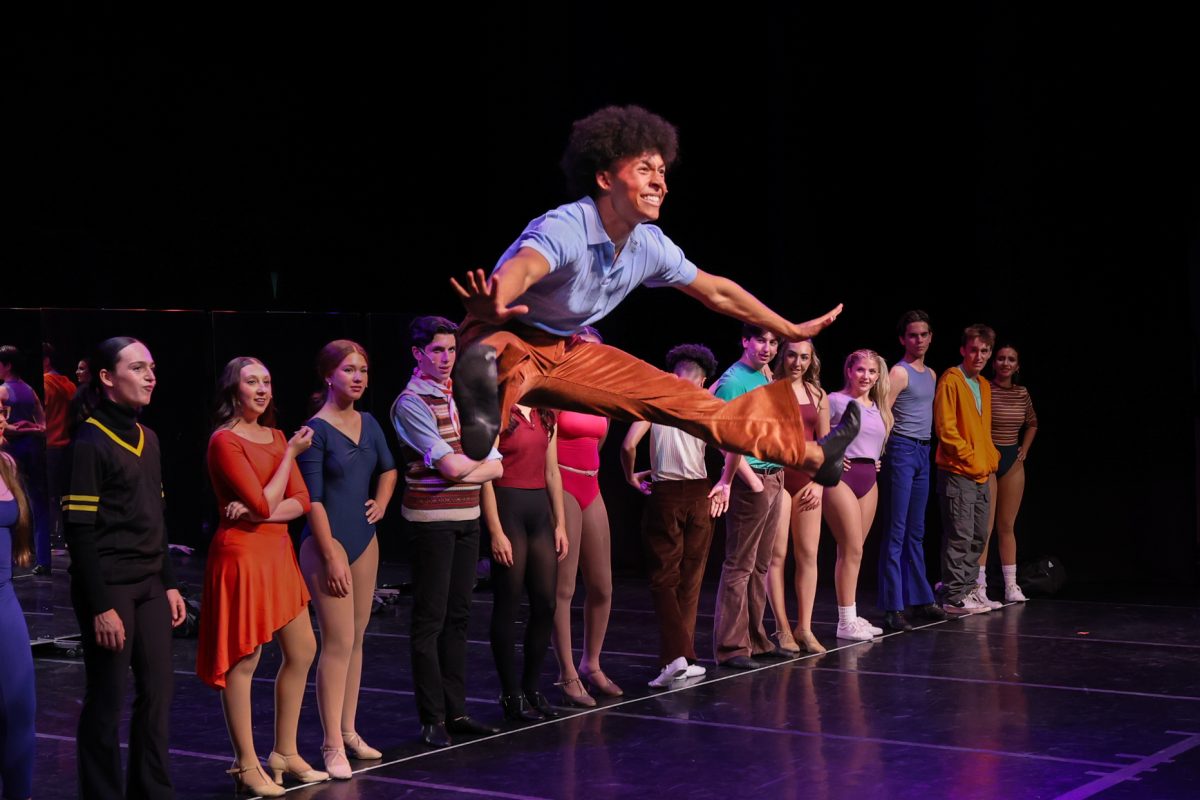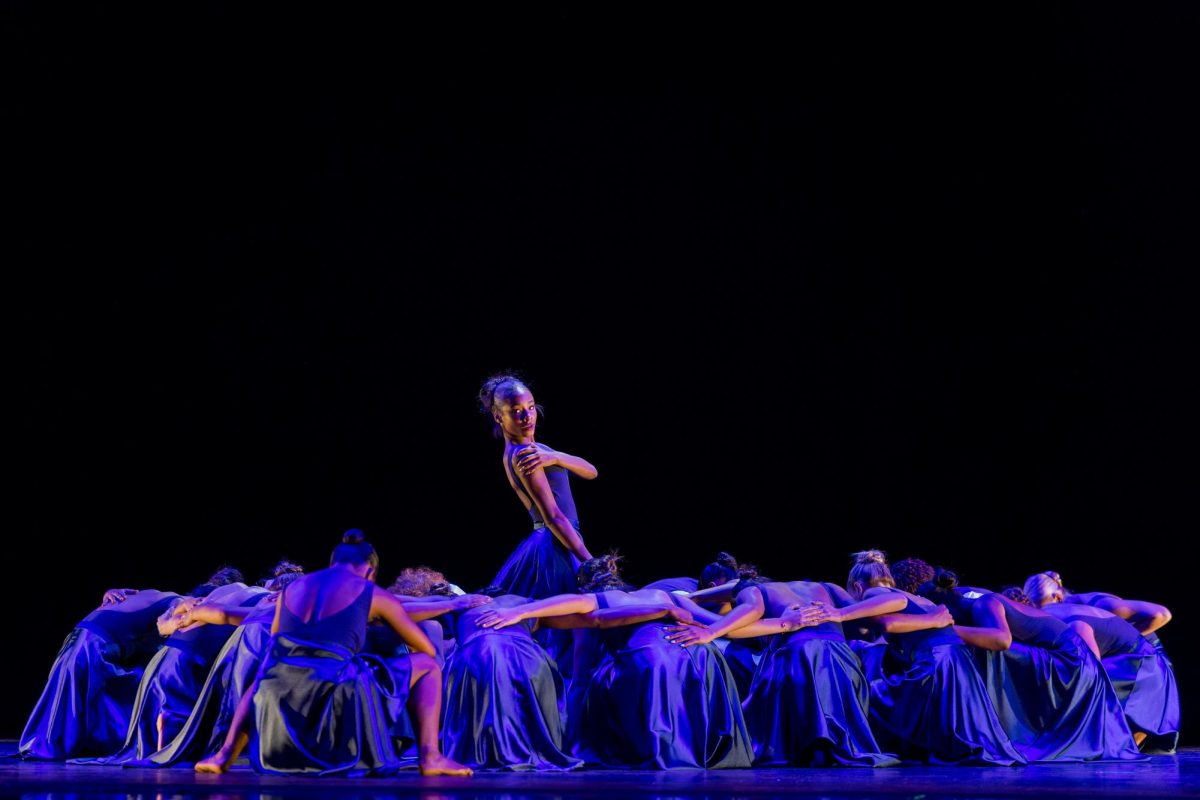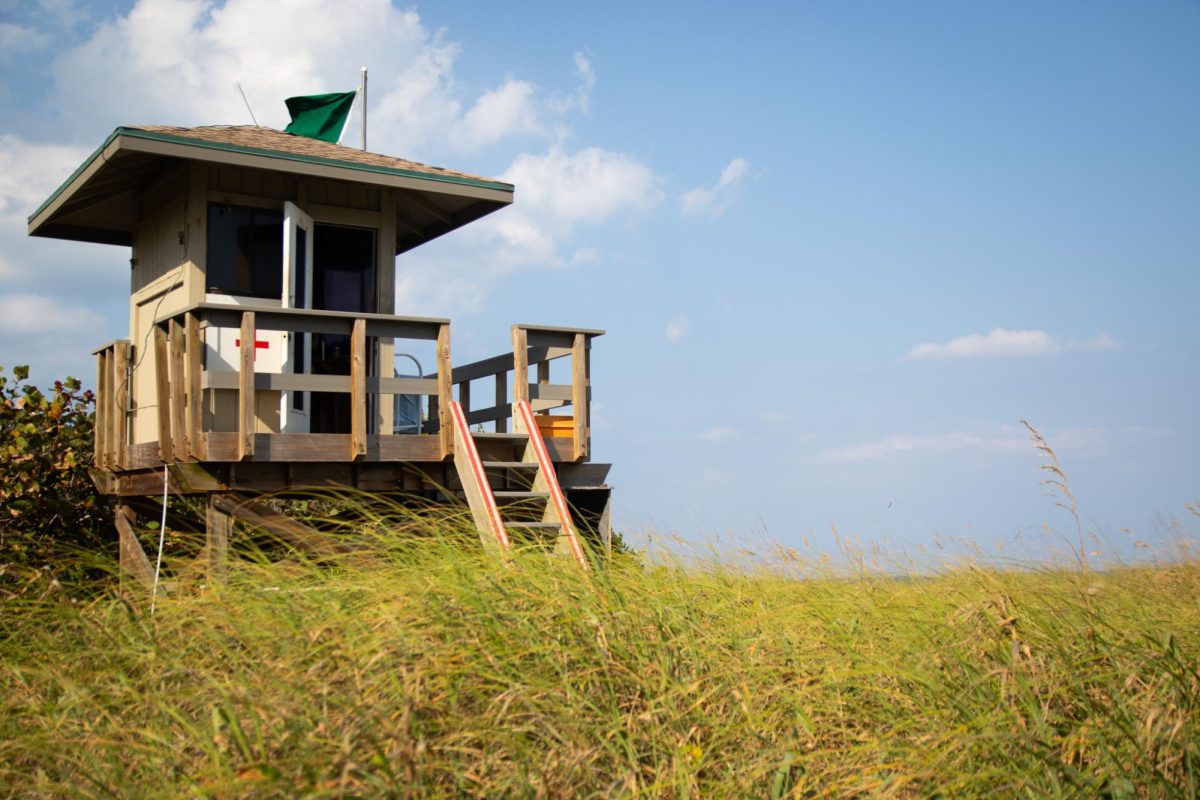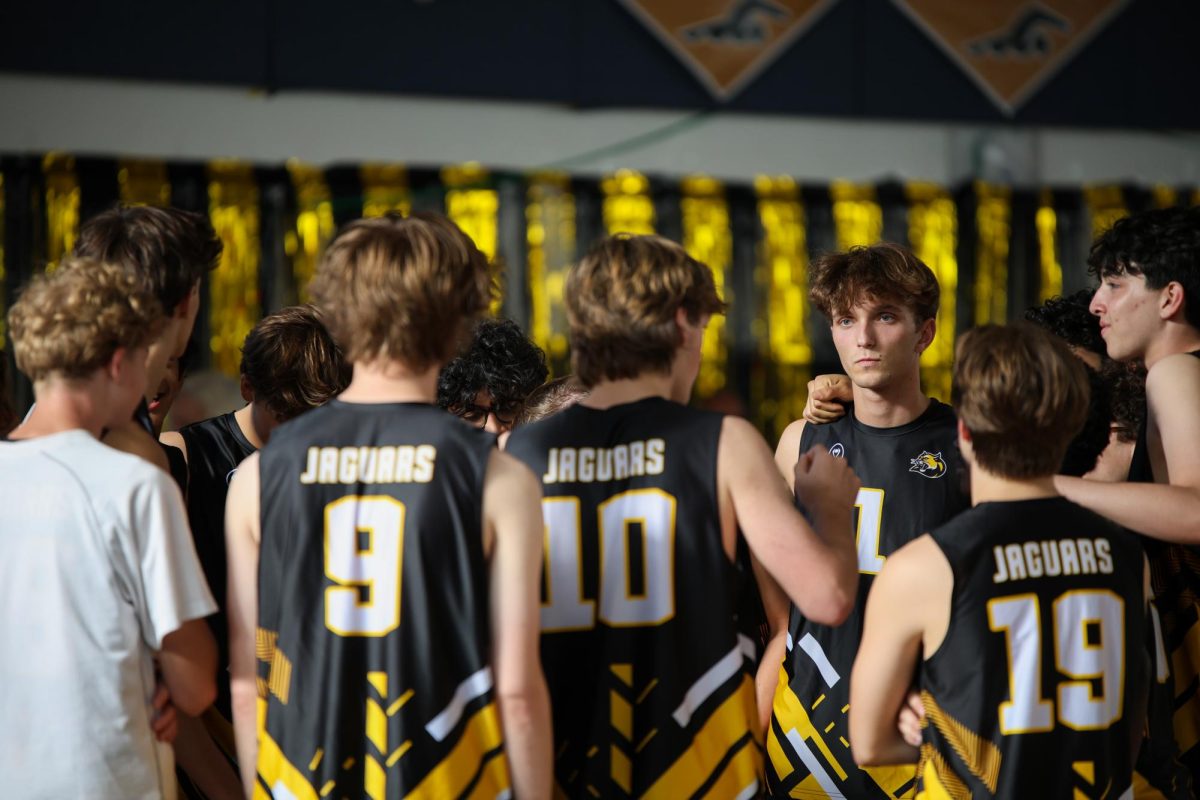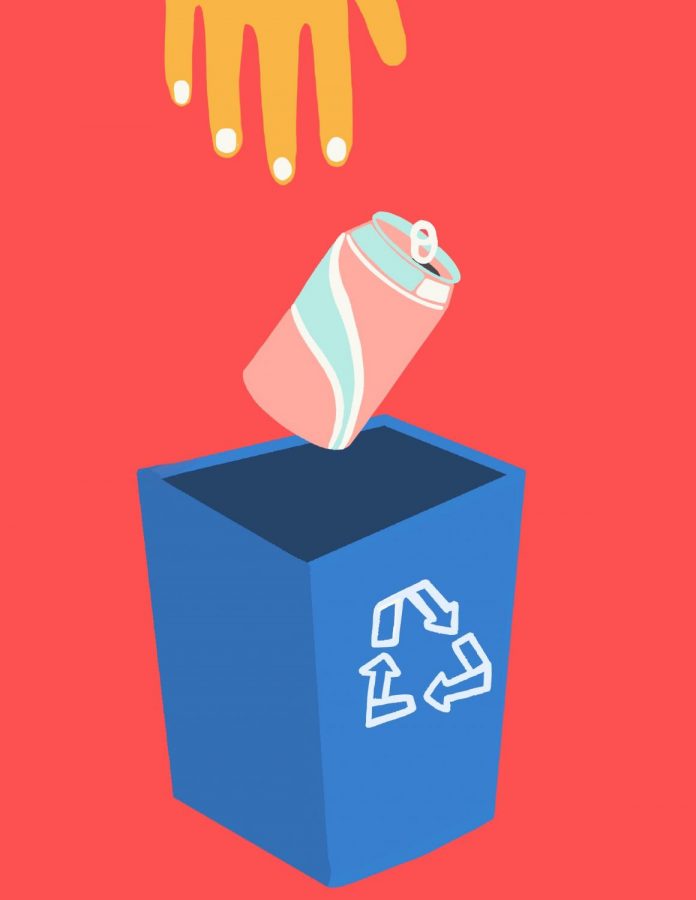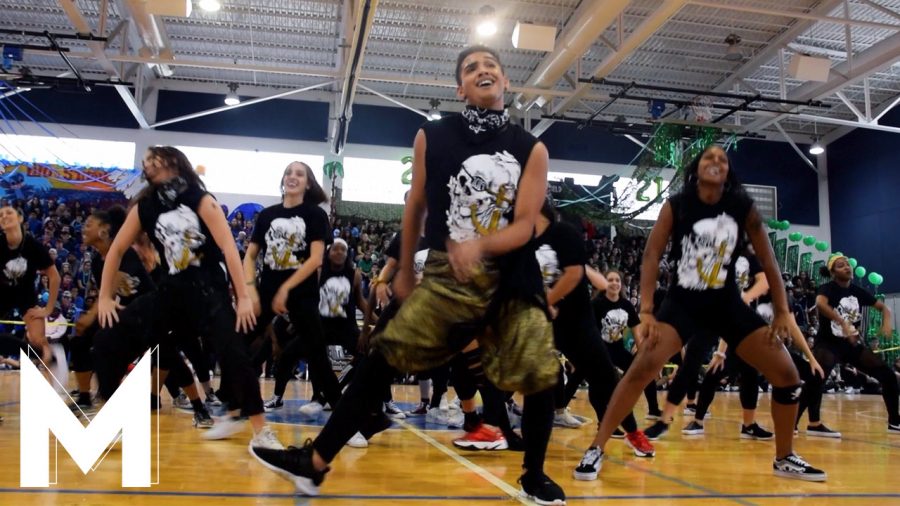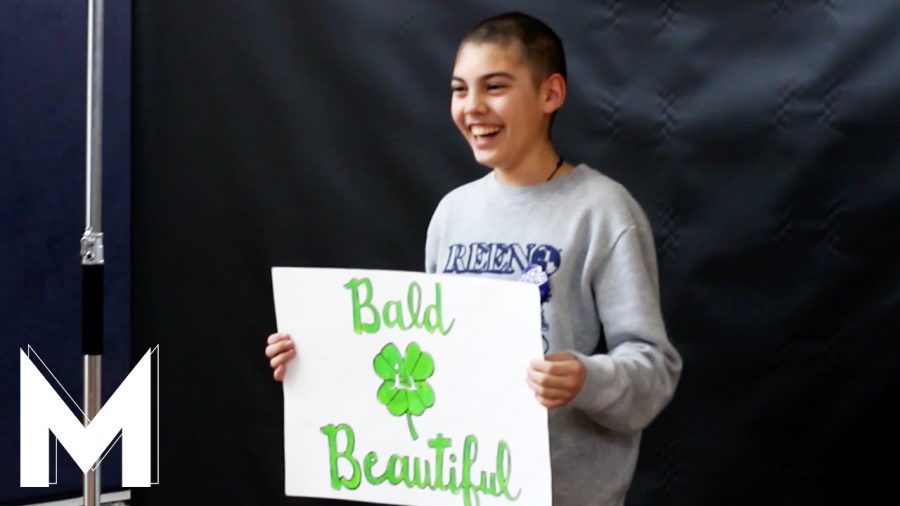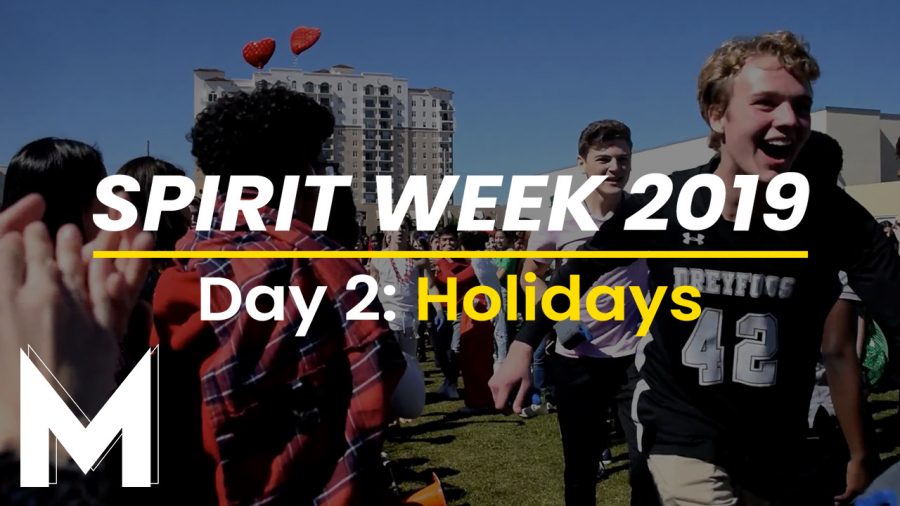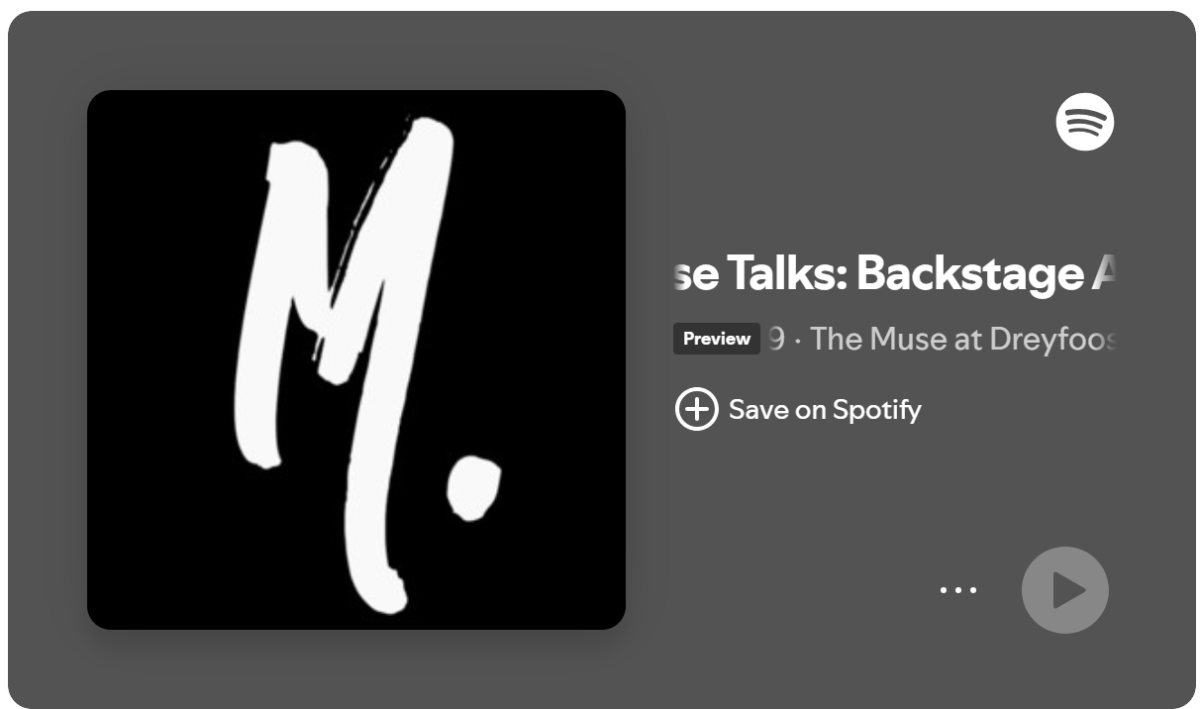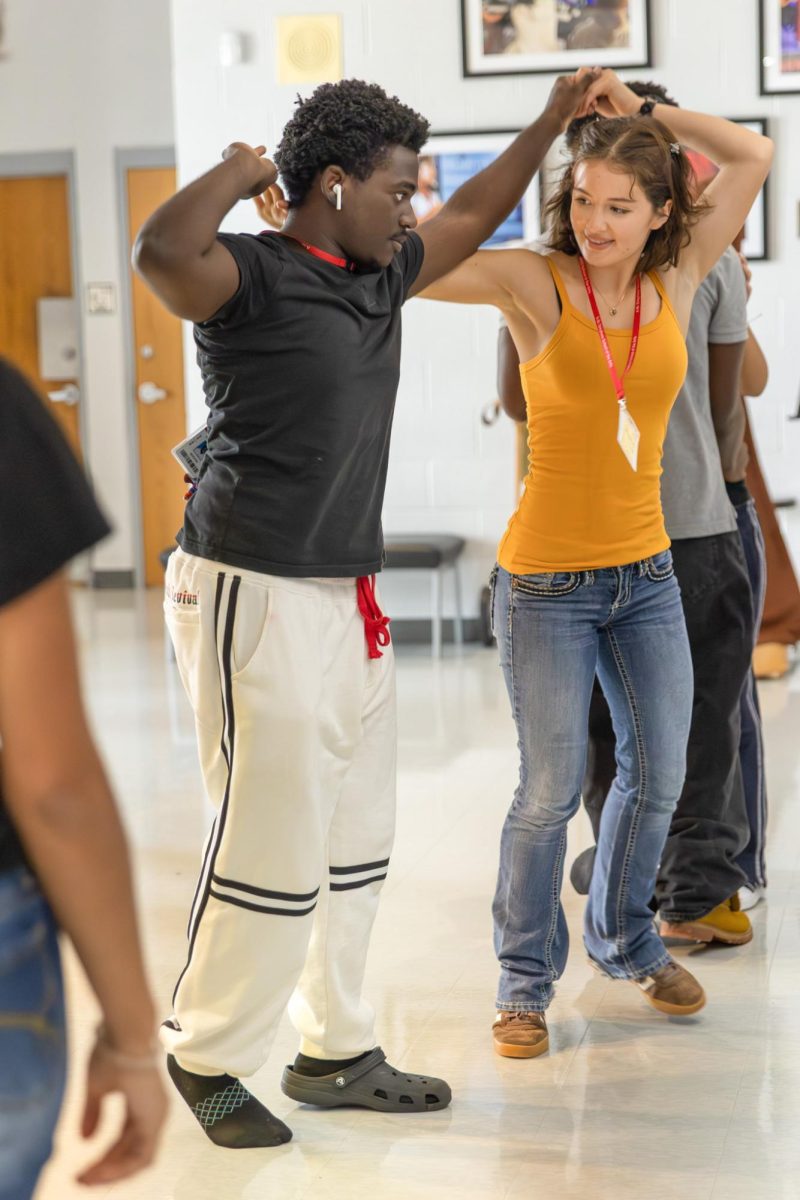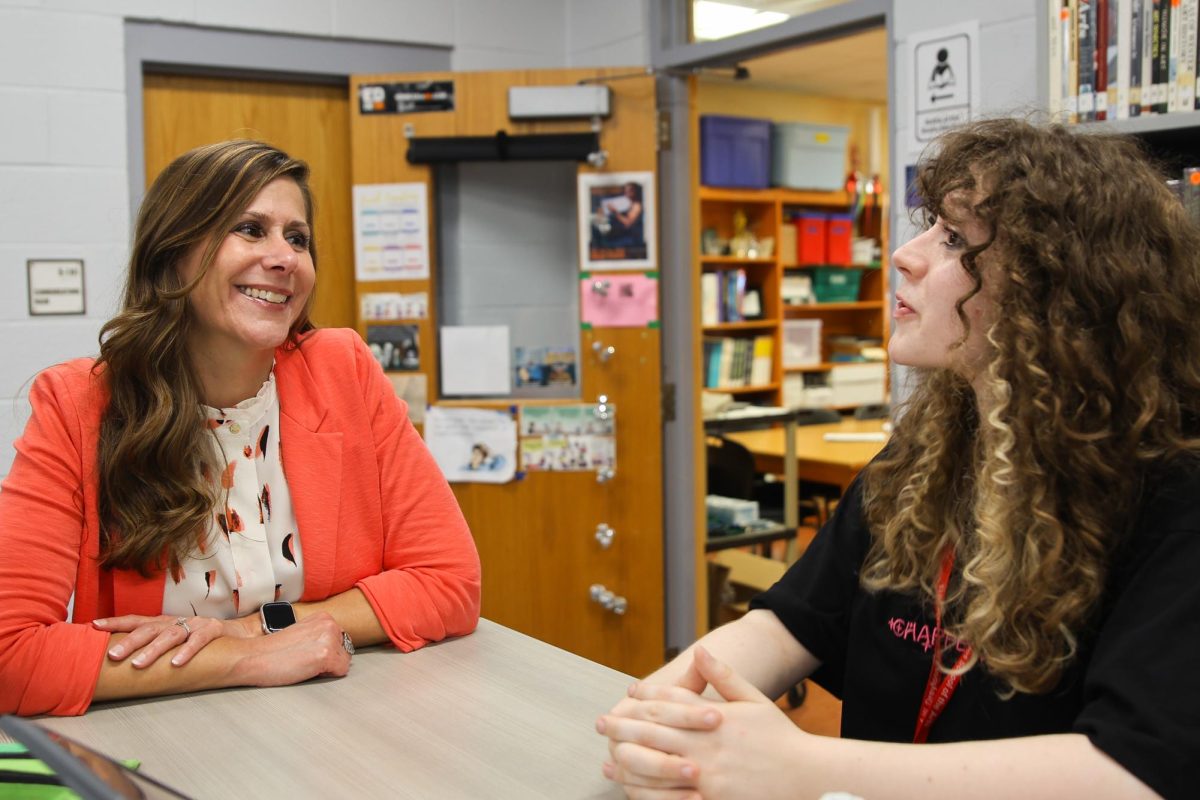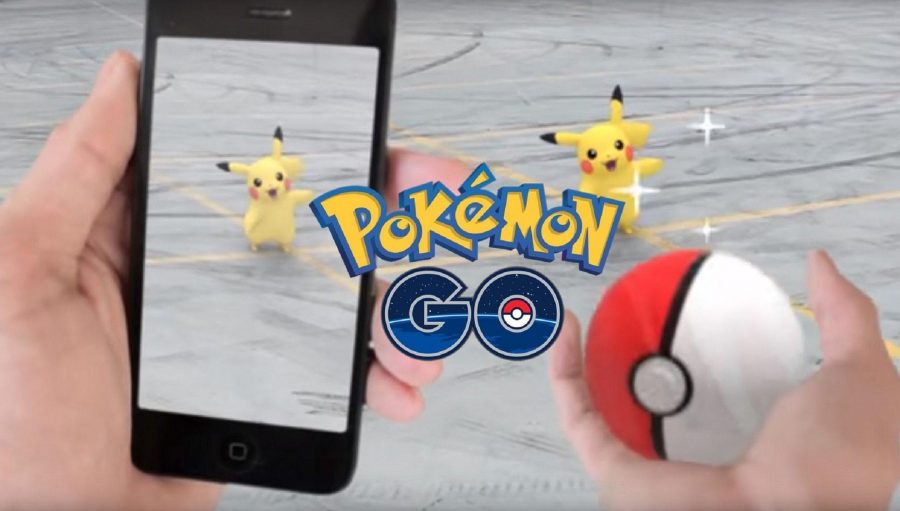Going behind the “Pokémon Go” craze
A Review of the Immensely Popular App
“Pokémon Go” is a phone app released in the United States on July 6. It uses augmented reality so players can catch virtual Pokémon in real locations.
There’s a Pikachu at Publix. A Nidoran in the backyard. A Squirtle sunbathing by the ocean. It’s the game that has caused a teen to find a dead body, a war with the Westboro Baptist Church, and most shocking of all—gave millions of nerds like myself a reason to actually leave the indoors. “Pokémon Go” is an extremely popular phone app that launched in the United States on July 6. The objective is the same as any main series Pokémon game, to seek out rare and powerful Pokémon and “catch ‘em all.” But this time, players can carry out their mission in the real world.
The game uses augmented reality so that players can capture virtual Pokémon in actual locations. It uses GPS based maps (similar to Google Maps) to help players explore the area and find Pokémon. There are many Pokémon, and various elemental types, and some can only be found in certain terrains. For example, a player can spot water types near real bodies of water, or find many ground and fire types near the desert. “Pokémon Go” mimics the adventurous spirit of main series Pokémon games, and encourages physical activity, socialization, and fun.
“Pokémon Go” should be called “Pokémon Go Outside” as it is very much an exercise based game. Players must walk around to track down Pokémon and hatch Pokémon eggs that they come across. A list in the bottom-right indicates what Pokémon are nearby, and each Pokémon has a number of footprints that show how far away they are. Players will find themselves venturing in all four cardinal directions to track down Pokémon. The app tracks players’ steps and their location, and if the player is in a form of transportation that is going too fast, steps aren’t counted. This way, Dreyfoos Pokémon trainers can’t pull an FLVS P.E. and fake their movements—if you want good Pokémon, you have to work for it. If players don’t want to make in-app purchases, to restock on important supplies such as Pokéballs, one must visit Pokéstops. Each town is littered with locations that are interesting in some way, be it a historical site, an art installation, or just a unique statue. Most Pokéstops try to get people to enjoy something cultured or learn something new, but others are just odd. Some of the strangest Pokéstops I’ve heard about include graffiti art of Shrek, an avocado shaped fountain, and the nest of an actual alligator. (The last one does not seem too safe.) In a big city one cannot walk five feet without running into a Pokéstop or cool Pokémon, but in smaller towns, Pokéstops and uncommon Pokémon are harder to encounter. I hope that this issue is amended in the near future.
No matter where someone lives, “Pokémon Go” truly inspires fun social interactions. Strangers coming together over a love for “Pokémon Go” is a story that is all over the internet. Personally, in the week the app has been out, I have talked to everyone from four-year-old girls in Pikachu shirts to bearded men coated in tattoos. This is an app that everyone can enjoy. I recall bolting from dinner when I saw a Gengar was nearby. I ran into two guys yelling “it’s one footprint away!” I inquired if they too were searching for Gengar, and we all tracked it to the front of the Cheesecake Factory and caught the rare Pokémon together. I love that the creators decided that everyone in an area has access to rare Pokémon at the same time. This app encourages everyone to help each other…except when it comes to the healthy competitiveness of teams.
When players hit level five, they can join one of three teams: Instinct, Mystic (the best team), or Valor. “Pokémon Go” players are even more passionate about their teams than “Harry Potter” fans are of their Hogwarts houses. Both on the internet and in real life (I’m looking at you, guy who yelled “Team Valor rules” at me in the park) all three teams fight to prove themselves as the superior Pokémon masters. Along with Pokéstops, Pokémon gyms are scattered around the map. Teams fight to control gyms in Pokémon battles. Unlike the intense, strategic battles of main series Pokémon games, the gym battles of “Pokémon Go” are mediocre. Players simply spam the enemy Pokémon with a series of taps. A Pokémon can launch a stronger attack if the player taps and holds, but that’s as exciting as it gets. However, the feeling of overtaking the enemy team’s gym is an adrenaline rush. Gym battles are a good addition, and the battle system would be even better if players could one day participate in one-on-one regular battles against friends. In addition, having more Pokémon moves (four moves instead of two) and being able to upgrade or change the moves of certain Pokémon would make gym battles more interesting.
“Pokémon Go” has done wonderful things in terms of inspiring health, friendship, and entertainment. But its flaws can be summarized in a few words: glitches, glitches, and glitches. The game is full of issues, and when I’m hunting for Pokémon, I want bug type Pokémon, not technological bugs. The game constantly freezes, crashes, and logs players out. I’ve lost progress and good Pokémon, and I’ve caught the “servers are down” screen more than I’ve caught Pidgey (and I’ve caught a lot of Pidgey.) However, I will give the game credit. It is implementing a relatively new concept on a huge scale, and since I have first downloaded the app, the glitches have vastly improved. My screen still freezes often when I catch a Pokémon, but instead of deleting the Pokémon, an update to the app makes it so when I log back in, the Pokémon is still there. The other problem with “Pokémon Go” is its lack of instructions. Symbols that appear on the map such as swirling leaves are unexplained, and basic mechanics like the footprints are unclear. It is difficult to decipher which way to go to track a Pokémon or what distance each footprint represents—to be honest, I’m not sure how easy this game would be without the help of the internet deciphering how to play. Both for the player and the bug-fixing creators, “Pokémon Go” is learning process, and while glitches and unclear instructions are frustrating, it has not impacted the happiness this game has brought me or the millions of other players across the globe.
“Pokémon Go” has turned many people into Pokémon trainers. It has succeeded in its worthy goal of getting people to be active and make connections, and it is extraordinarily fun to venture around in pursuit of Pokémon. While the app has flaws, I still rate it a solid 8/10. There are so many more things I could elaborate on—from evolution mechanics to the amount of battery the app drains to leveling up—but I really have to go. After all, there’s an Arcanine outside of my house. Trainer Uma signing out.
Your donation will support the student journalists of Dreyfoos School of the Arts. Your contribution will allow us to purchase equipment and cover our annual website hosting costs.

